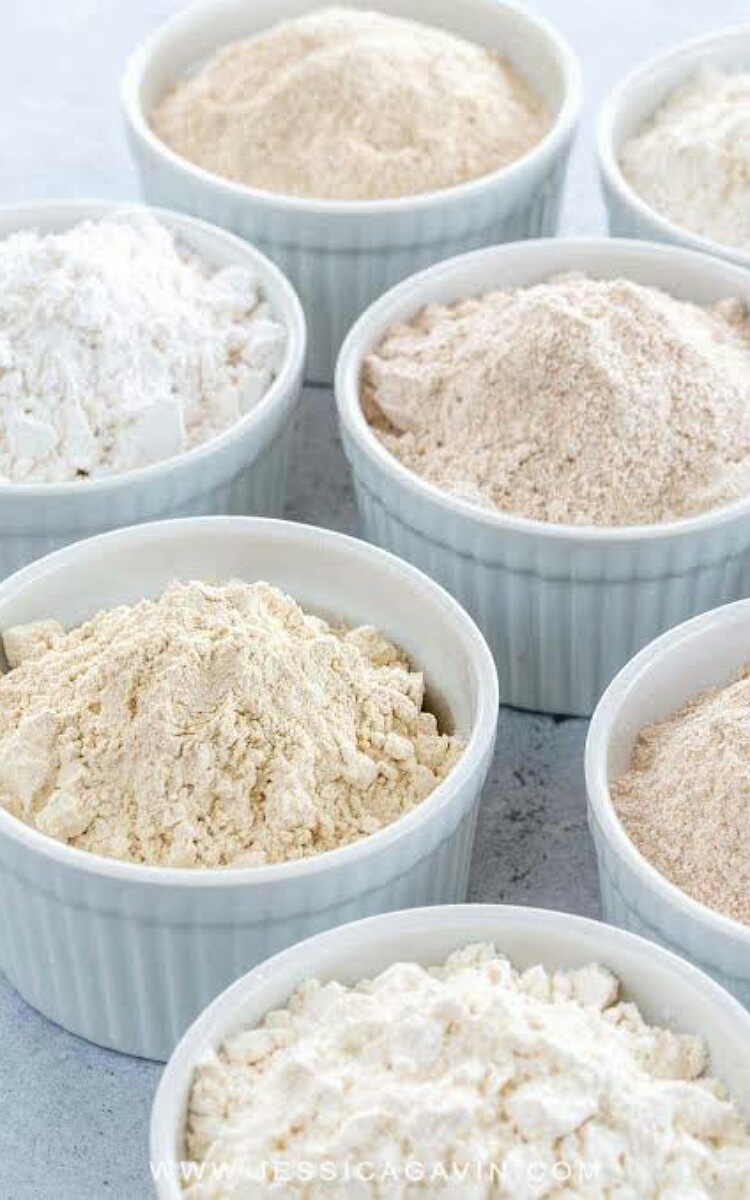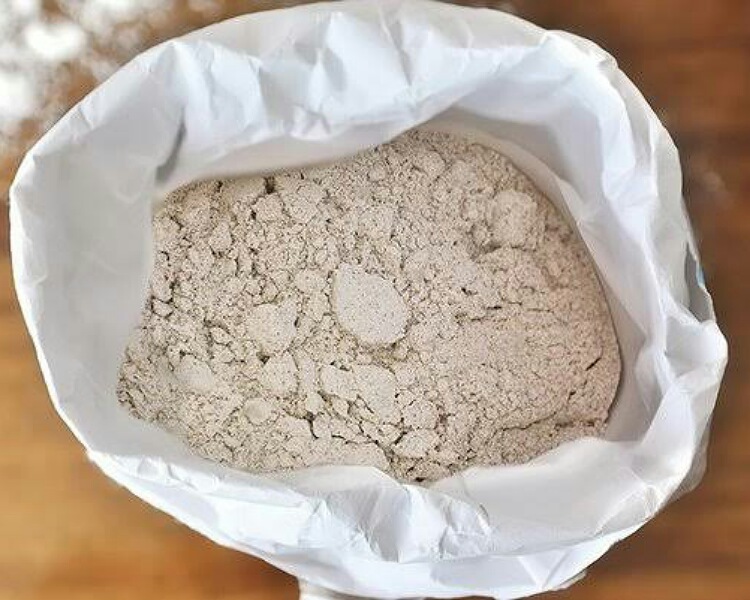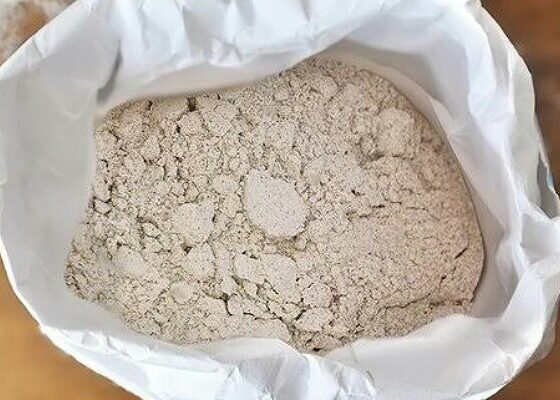It might happen that you purchase a certain quantity of flour but were unable to finish it. It might turn bad with time. How to know when the flour has gone bad and needs to be tossed out? How to prolong shelf life of flour? Here are some tips from a grain expert and food scientist, Roxana Jullapat and assistant professor of food science at the reputed Cornell University, Abby Snyder.
Flour and its shelf life
It is not uncommon to be in a situation when you were unable to finish a package of flour. Because you are not an avid cook or baker. Or you were away and could not finish the whole bag. And you are not sure when you purchased the bag of flour. Usually, flour packs come with a shelf life of around three to eight months. But this is quite arbitrary. That implies you need to check the flour to know whether it is okay for consumption or has turned bad. But how to know about this?

Food scientist and grain expert, Roxana Jullapat and the assistant professor of food science at the esteemed Cornell University, Abby Snyder share some tips on how to detect whether your flour is no longer good for consumption. And how to prolong the shelf life of flour?
Safety and quality and time duration
If flour is stored properly, flour can remain safe for consumption for upto a year and beyond. Abby states that flour is a low moisture food. Therefore, it is shelf stable. Even if it contains pathogens such as E.coli, heating the flour (which is common) kills it. Moreover, the quality of flour is good for up to one year and even above that time period. Abby adds:
“I definitely have flour in my pantry that’s over a year old, and it’s fine.”
But flours containing fats such as coconut flour, almond flour, nut flour, buckwheat flour can turn rancid sooner. Their quality deteriorates two times faster than all-purpose flour. Whole wheat flour, rye flour and spelt flour also go bad faster.

Self-rising flour has baking powder in it. It’s potency lessens with time. But remember that the expiration date on the labels is a guideline and not an ultimatum. If the flour smells good, you can still use it. But if clumping of flour occurs or its texture changes, avoid using it. Moreover, yellowing or color change and presence of bugs (weevils) imply that it is no more edible. But before throwing the infested flour into the dustbin, freeze them for three days to kill the bugs lest they find their way back into the kitchen.
How to prolong shelf life of flour?
To increase shelf life, first thing to do is to transfer the flour from the bag into an airtight container. Label it and put the expiry date (printed on the bag) on it. Keep this in a cool, dark, and dry area. If you refrigerate it, shelf life will improve. In that case, transfer it into a silicone or plastic zipper bag. This will save space and prevent breakages.

Read here: How to make Oat Flour at Home? (Healthy, Gluten-free)
If you decide to refrigerate the flour, remember to remove it out of the fridge at least an hour before using it so that it warms and comes to the room temperature. That will help in making a perfect food dish of it.
